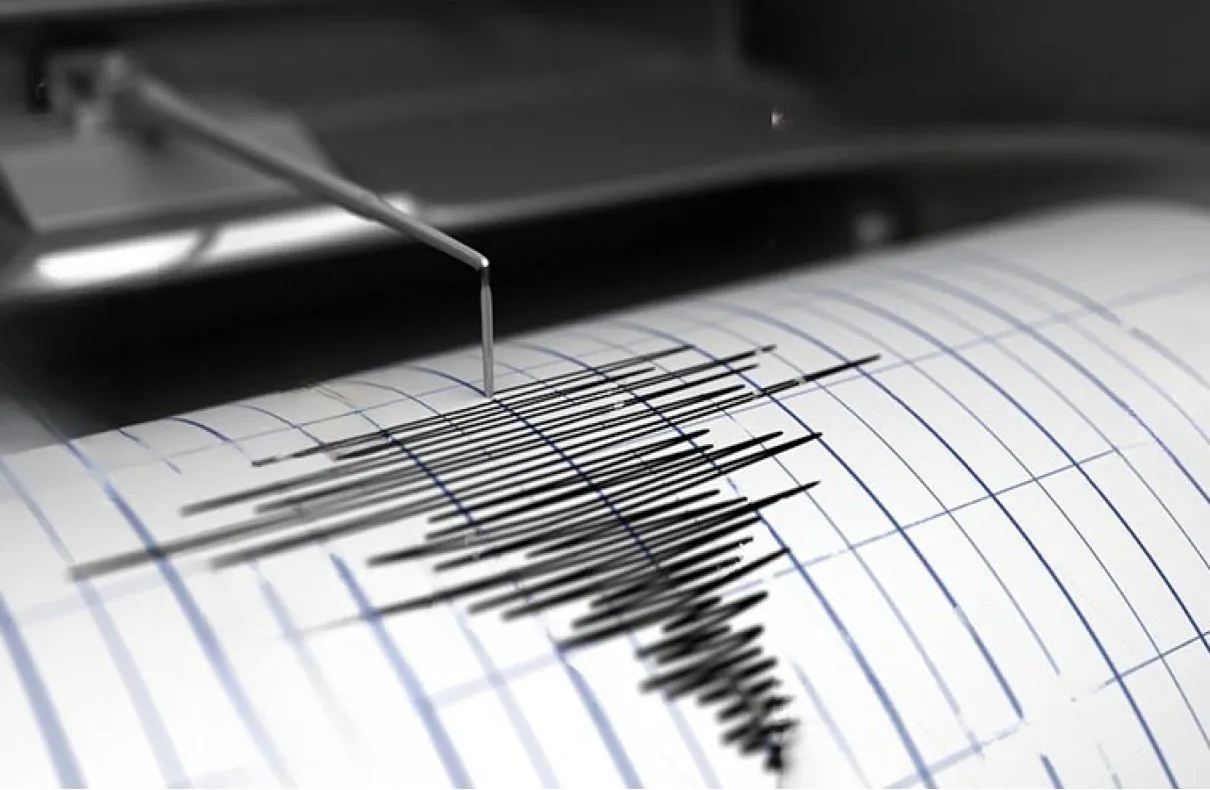
A 4.1 magnitude earthquake struck Southern California on Friday, January 6, 2024 at 10:55 AM. The earthquake was centered about a mile northwest of Lytle Creek, in the San Gabriel Mountains, about 45 miles east of downtown Los Angeles.
The earthquake was initially reported as a 4.6 magnitude, but was quickly downgraded. The earthquake was light but widely felt, with some reporting feeling it as far away as Watts, Anaheim, and downtown Long Beach. There were no immediate reports of damage to buildings, infrastructure, or injuries.
Earthquakes of this magnitude are typically not strong enough to cause significant damage. An earthquake of this magnitude is generally not powerful enough to cause any significant damage.
Michael Guardado, who works at the front desk of the San Bernardino National Forest’s Little Creek Ranger Station, said “the building shook hard.”
SpaceX’s Epic Falcon 9 Rocket Launch Tonight
Officials were working to determine the quake’s impact on the area and Guardado said they heard “a lot of rocks” had fallen on Little Creek Road.
Carrie Torgusson, a bartender at Melody’s Place in Little Creek, said she felt a “loud boom and shake” from the earthquake.
A decorative glass mushroom above the bar fell and broke, he said, and a jar of instant coffee fell from a shelf in an adjacent shop. There were only a few people inside the building and no one had time to hide under the table, he said.
A mild earthquake was felt in downtown Los Angeles. Shaking was also reported in several nearby counties and cities, including the city of Long Beach, more than 50 miles (80 kilometers) southwest of Little Creek.
The Los Angeles Fire Department said there were no immediate reports of injuries or damage to buildings and other infrastructure within the city.
Fire officials in San Bernardino County, east of Los Angeles County, also said there were no reports of damage or calls for service related to the earthquake.
On 2024 South Carolina GOP Primary Election Day: Nikki Haley Battle Against Trump
Veteran seismologist Lucy Jones said in a social media post that the quake occurred in Cajon Pass, where the San Andreas and San Jacinto faults come together. In 1970, an earthquake of 5.2 magnitude and another of 4.0 magnitude occurred near the same location, he said.
An earthquake warning system called ShakeAlert initially estimated a magnitude greater than 4.5, so alerts were sent to cellphones, the USGS said in a social media post.
The system is designed to detect earthquakes and send alerts almost instantly to areas where significant shaking is expected, giving people time to protect themselves or slow down trains and buses.
